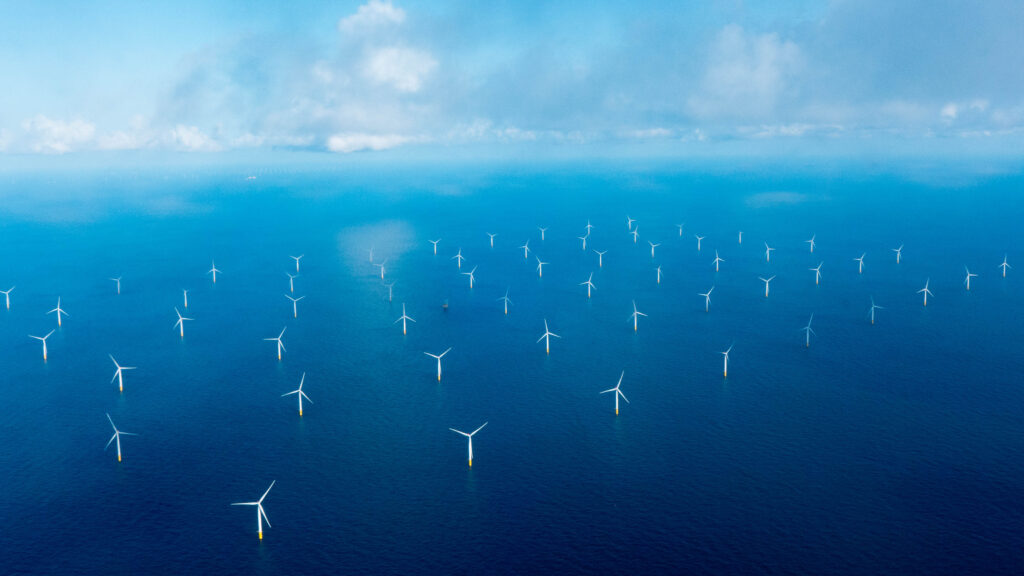General – Finance
On June 30, 2023, Copenhagen Infrastructure Partners (CIP) reached first close on its fifth flagship fund Copenhagen Infrastructure V (CI V) at EUR 5.6 billion in capital commitments received – putting it on track to reach its target fund size of EUR 12 billion and become the world’s largest dedicated greenfield renewable energy fund.

A large group of leading institutional investors across continental Europe, the Nordics, the UK, North America, and the Asia-Pacific region participated in the first close of CI V.
“We’re delighted by the continued trust in CIP from our existing investors, and are pleased to welcome the many new investors to our renewable energy platform. Reaching nearly EUR 6 billion at first close is a testament to the importance of the fund, and the confidence placed in our industrial approach to energy infrastructure investments. With its greenfield focus and large and diversified portfolio, CI V has the potential to significantly contribute to, and accelerate the energy transition on a global scale, while generating strong returns for our investors,” says Jakob Baruël Poulsen, Managing Partner at CIP.
The investment strategy is a continuation of the predecessor flagship funds CI I, CI II, CI III, and CI IV, applying the same well-tested industrial value-creation approach, whereby projects are entered early and significantly de-risked and optimised, prior to the start of construction to capture the attractive greenfield premium.
The fund will focus on greenfield investments within large-scale renewable energy infrastructure. It has a global reach and intends to diversify investments across technologies such as contracted offshore wind, energy storage, onshore wind and solar in low-risk OECD countries in North America, Western Europe, and Asia Pacific.
Based on the current portfolio, CI V is targeting to add an estimated 20 GW of new clean energy capacity to the grid, enough to power more than 10 million average households with renewable energy, which corresponds to an annual CO2 avoidance of 15 million metric tons.
